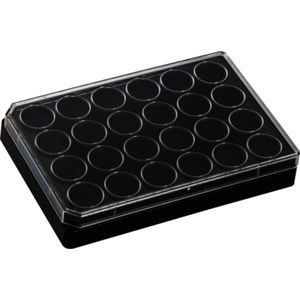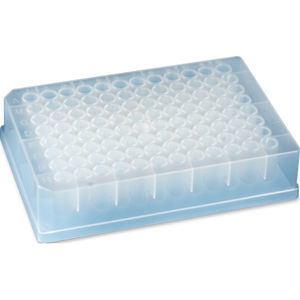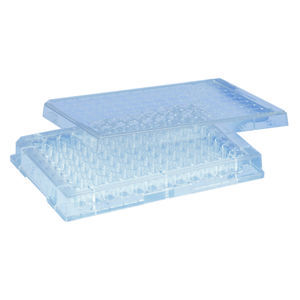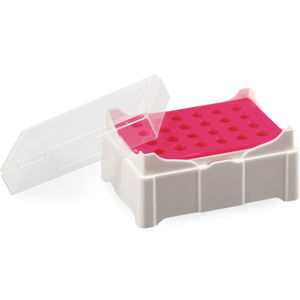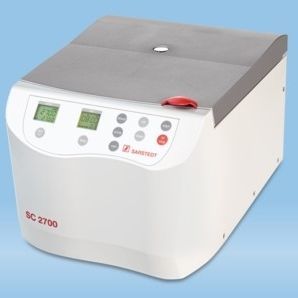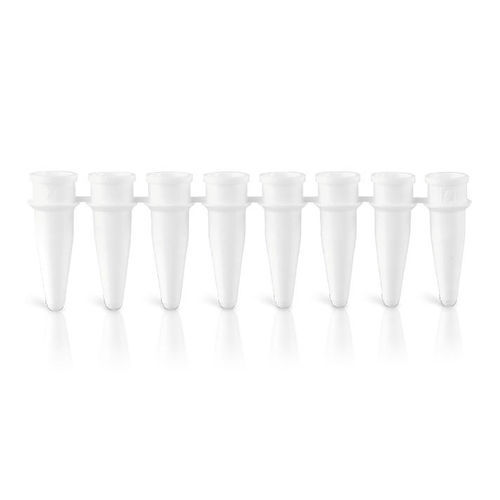
Laboratory test tube for PCR
Add to favorites
Compare this product
Characteristics
- Applications
- laboratory, for PCR
Description
Fluorescence-based applications, such as real-time PCR (qPCR), benefit from the significantly improved reflective properties of white PCR consumables, particularly when small volumes are used. Despite this, transparent consumables are often still used today to carry out qPCRs. Find out below how you can easily improve your qPCRs.
How does the use of white PCR tubes affect reproducibility?
Owing to the maximum fluorescent reflection of white tubes, no fluorescent light is lost through the walls of the wells, and the quantity of fluorescent light reaching the detector is also more consistent than if transparent products are used. Therefore, you achieve less scattering when detecting duplicates or triplicates and when repeating experiments.
How can an improved signal/background ratio be achieved?
Owing to the fluorescence level of white PCR consumables being many times higher, and to the consistent background effects by the fluorophore used, an improved signal/background ratio is achieved during detection in white PCR tubes.
Can ‘crosstalk’ between individual wells be prevented?
When transparent wells are used, the fluorescence of adjacent wells may be detected due to the scattering of the fluorescent light. Owing to the solid, non-transparent colour of white PCR consumables, the fluorescence detectors of the thermocyclers can no longer detect any fluorescence signals from the adjacent wells.
Catalogs
No catalogs are available for this product.
See all of Sarstedt‘s catalogsRelated Searches
- Sample tube
- Laboratory centrifuge
- Tabletop centrifuge
- Laboratory sample tube
- Microtiter plate
- Blood centrifuge
- Collection tube
- Cylindrical collection tube
- 96-well microplate
- Laboratory holder
- Blood collection tube
- Laboratory microplate
- Pipette tip
- Pipette
- Tube laboratory rack
- Polypropylene sample tube
- Swing-out centrifuge
- Conical test tube
- Centrifuge test tube
- Laboratory swab
*Prices are pre-tax. They exclude delivery charges and customs duties and do not include additional charges for installation or activation options. Prices are indicative only and may vary by country, with changes to the cost of raw materials and exchange rates.















